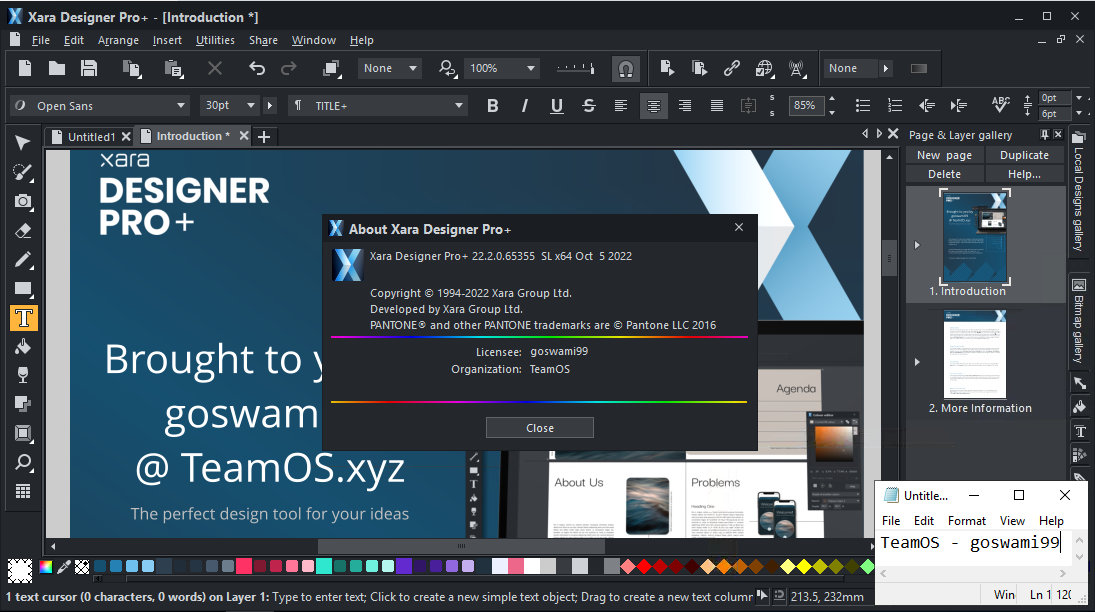

In the above diagram: The light blue circles represent the shadow casters. A diagram showing the shadow pancaking principle. This leads to an increased precision in the shadow map, reducing shadow acne. This tip, works very well when you want to create a catalog.įor a real look, you can change the view of your part from parallel to perspective.Īt the end of rendering, you can export the result using a large type of formats like (.tiff. The idea is to reduce the range of the light space used when rendering the shadow map along the light direction. Look for the light source and edit the light direction to have same shadows. For example, if you want to see how looks your part on a table, you can take a photo of the table, upload this in your PC and put it in the background. Also, you can change the background color, or image by uploading a new background image.


You can choose the source light, the number of sources or the type. For example, if you want to have a high-resolution render of your part, the time will be longer, and if you want a fast rendering you should use low resolution and medium or low quality. The rendering time of a part or assembly is different depending to the settings and quality do you choose. If you want to make a real look for your part, you should use this feature of CATIA application. Get the documents collection Dim oCollection As Documents Set oCollection CATIA.Documents test if no document is open If 0oCollection.Count Then msgbox. Rendering a part is the last step for a final product.


 0 kommentar(er)
0 kommentar(er)
